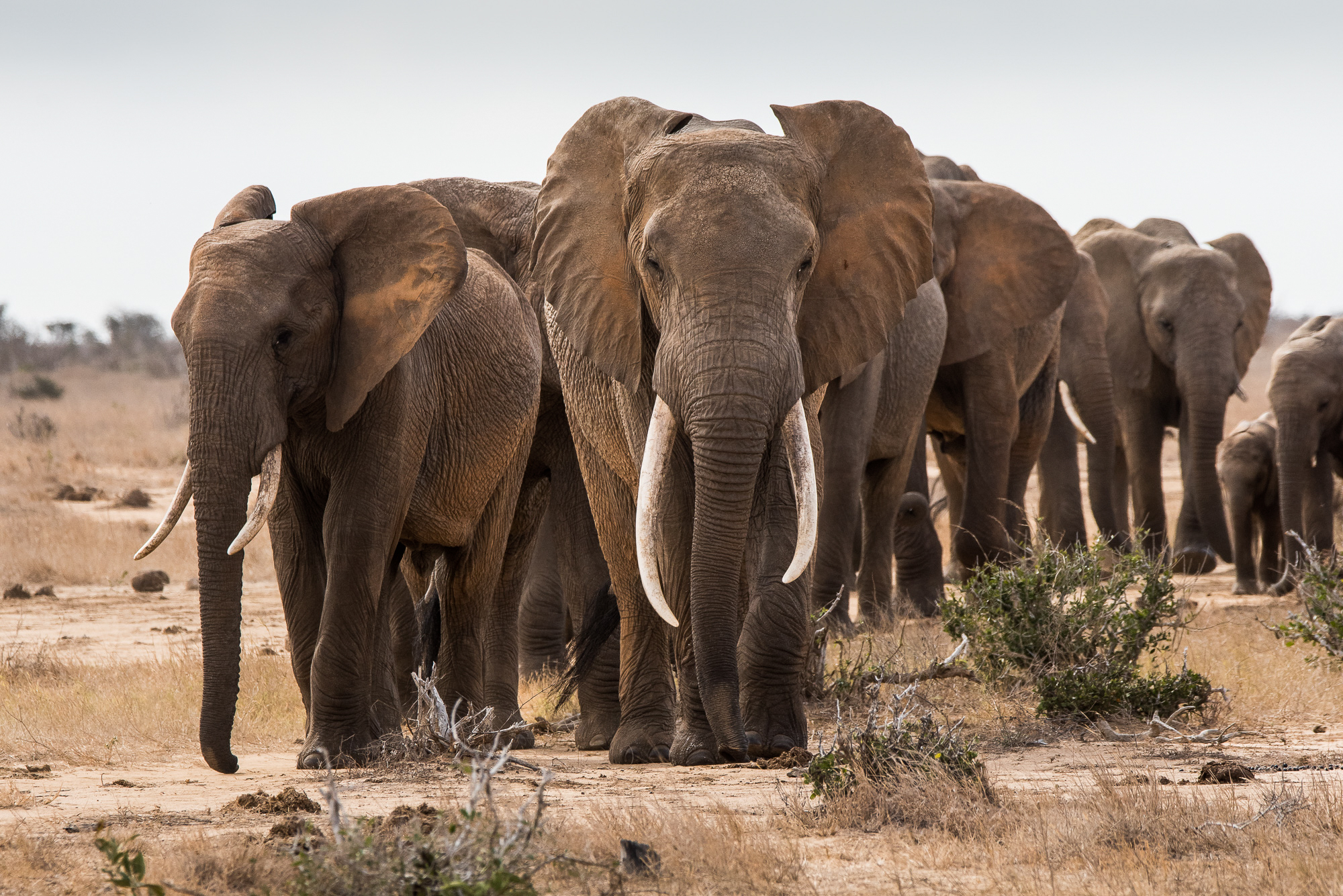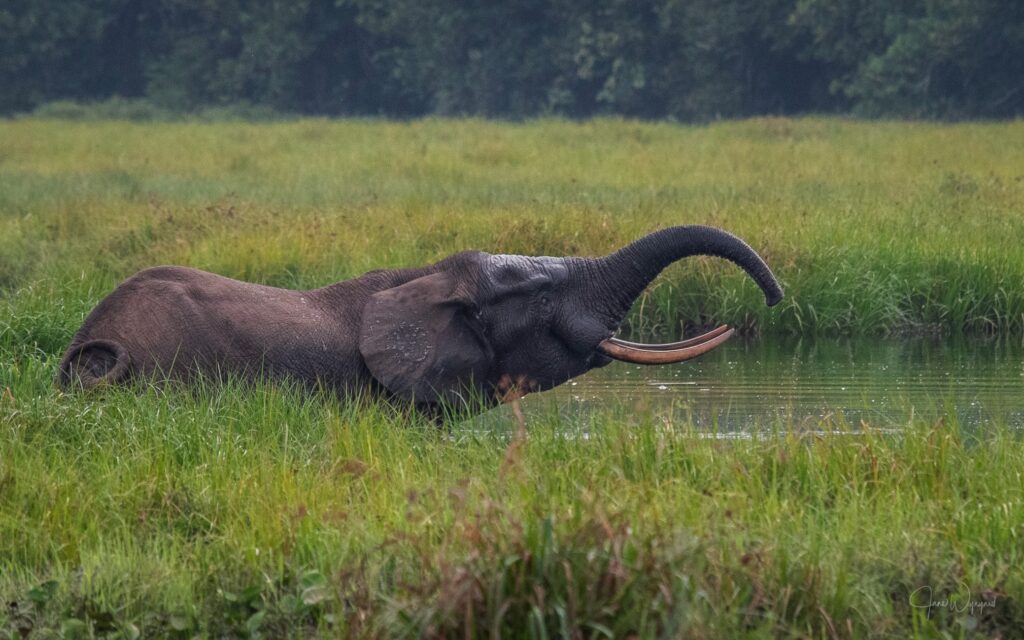
African elephant population face alarming decline, new study shows
A new study published in the “Proceedings of the National Academy of Sciences” reveals a worrying trend in African elephant populations, which have experienced significant declines over the past five decades. Researchers, drawing from data across 475 sites in 37 African countries, found that savanna elephant numbers have dropped by an average of 70 percent, while forest elephants have suffered an even more drastic 90 percent decrease.

Overall, this study shows a 77 percent population reduction across both species in the sites analyzed from 1964 to 2016. The primary causes are identified as poaching and habitat loss, with poaching hitting forest elephants especially hard in central Africa. In regions like the northern Sahel, such as in Chad, Mali and Nigeria, entire elephant populations have disappeared.
Habitat fragmentation due to agricultural expansion has further limited elephants’ ranges, increasing conflicts between humans and elephants. One of the study’s lead authors and chair of the scientific board at Save the Elephants, George Wittemyer, said conservation gains show that with proper protection, elephant populations can bounce back.

Despite these challenges, the study does offer some hope. In southern Africa, countries like Botswana, Zimbabwe, and Namibia have seen an average 42 percent increase in elephant numbers at surveyed sites, attributed to effective anti-poaching measures, land protections, and community engagement in conservation efforts.

With only an estimated 415,000 to 540,000 African elephants remaining, forest elephants face an especially uncertain future. Conservationists emphasize that elephants are essential to Africa’s ecosystems, helping to disperse seeds and balance forests and grasslands. If declines continue, experts warn, it could threaten biodiversity and the health of ecosystems across the continent.






